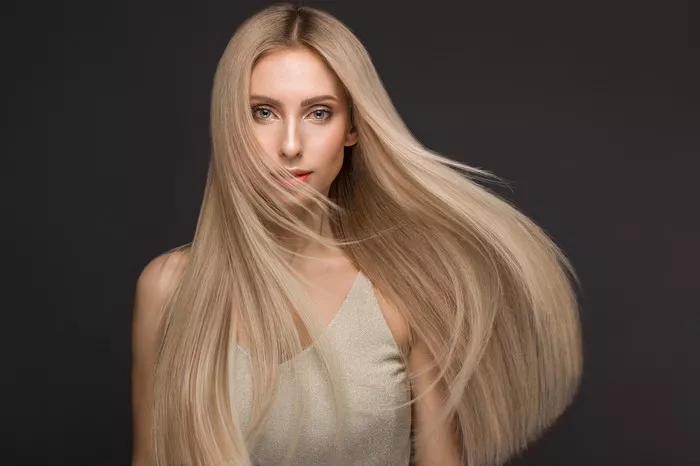Recent advancements in light therapy, originally designed for skincare, are now being applied to promote hair growth. Specifically, low-level light therapy (LLLT) is gaining attention for its potential in treating male and female pattern hair thinning.
Zoe Passam, a senior consultant trichologist at Philip Kingsley, explains that LLLT is believed to stimulate cellular metabolism, thereby increasing the number of actively growing hair follicles in the anagen phase. However, she cautions that the treatment may not be effective for individuals experiencing long-term hair loss. Patients can expect to see initial signs of new hair growth—often referred to as “baby hairs”—within three months, but it may take up to a year for noticeable improvements.
Passam notes that LLLT is typically used in conjunction with other treatments, whether topical or oral, depending on the type of hair loss. In terms of safety, she mentions that while some patients may experience rare side effects, such as heat reactions or localized fat loss leading to scalp wrinkling, LLLT is generally well tolerated. “For those who prefer not to take medications or apply topical treatments, LLLT may be a viable option,” she adds.
However, the cost of these devices is a significant consideration. Treatments can be time-consuming, often requiring a few sessions per week lasting around ten minutes each. CurrentBody offers a helmet device priced at £650, while Solaris Labs NY provides an LED brush for £86, which covers a smaller area and contains fewer LEDs.
For anyone concerned about hair loss, Passam recommends undergoing a blood test to check for potential issues with iron or thyroid levels. Consulting a trichologist or dermatologist can also help individuals identify the specific type of hair loss they are experiencing and explore appropriate treatment options.


